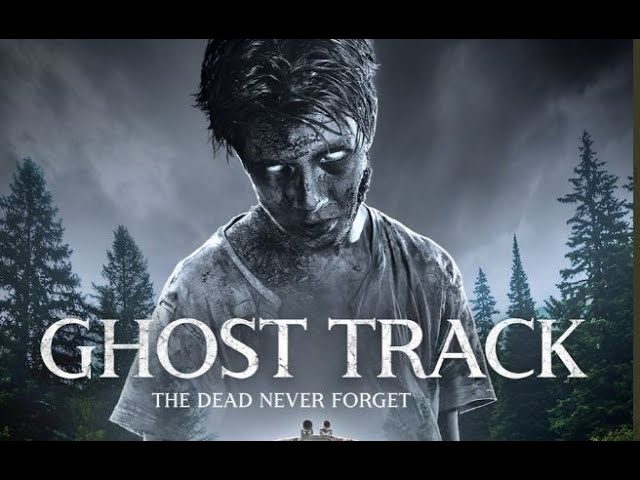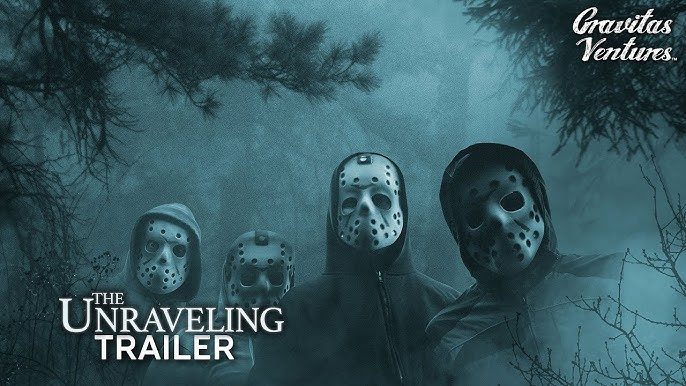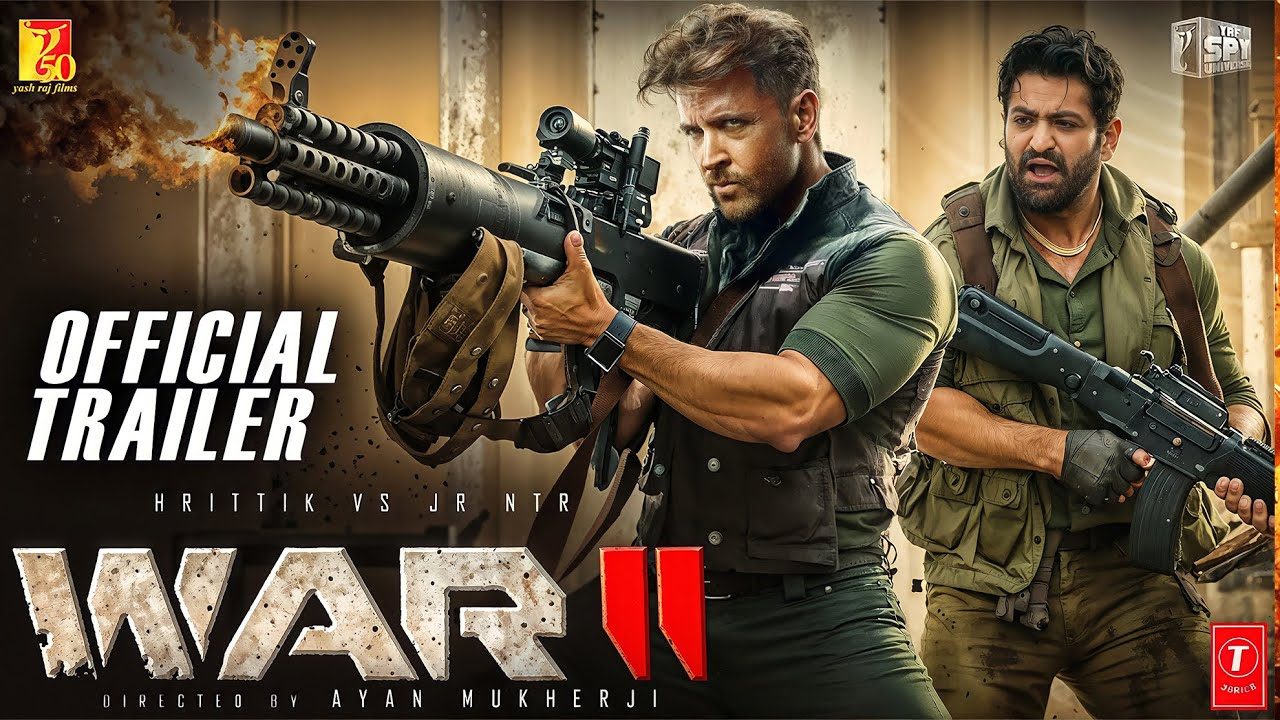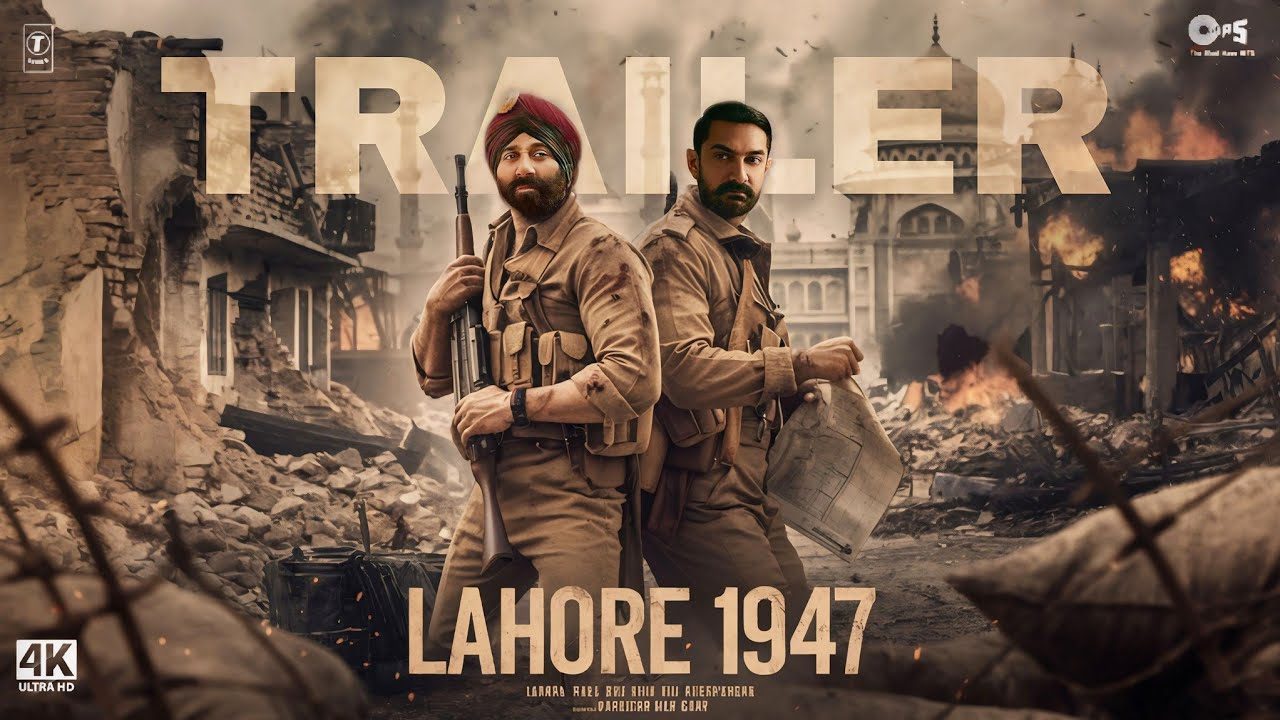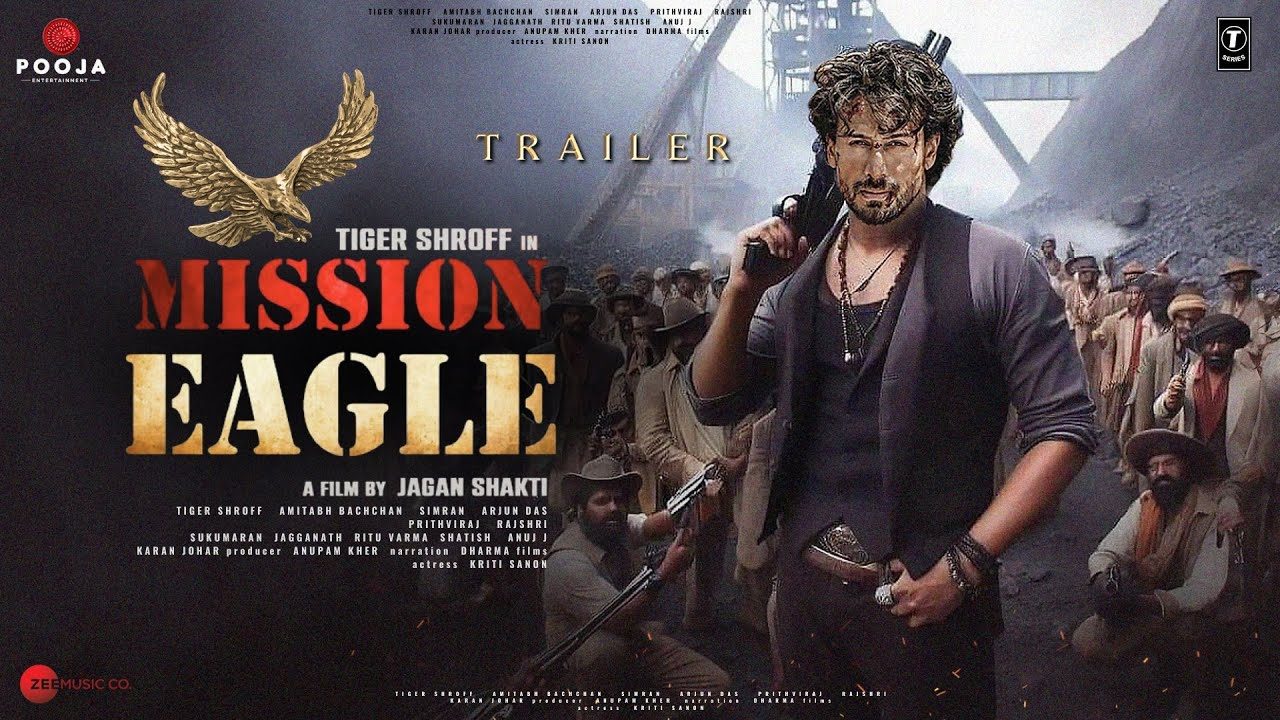What turned out to be an amazing and thrilling victory, could easily have been the biggest disaster of Desert Storm.
Key Point: Leadership marks the difference between success and failure on the battlefield.
When Army Lt. Gen. H. R. McMaster was elevated to become President Trump’s national security advisor in 2017, the media was awash with references to his role in the biggest tank fight of Desert Storm, the Battle of 73 Easting. While these stories conveyed the basic outcome of the fight, they did little to illuminate how the battle unfolded or what set the stage before the first cannon shot screamed out of his tank. What turned out to be an amazing and thrilling victory, could easily have been the biggest disaster of Desert Storm.
Twenty-eight years ago this month I was at the Grafenwoehr training center in Germany where my unit, Eagle Troop of the 2nd Squadron, 2nd Armored Cavalry Regiment (2nd ACR), was conducting a series of field maneuvers and live fire exercises. The 2nd ACR was one of three cavalry regiments then providing frontline defense against the Warsaw Pact, patrolling the borders between West and East Germany in the north and West Germany and Czechoslovakia in the south.
The Warsaw Pact nations, anchored by the Soviet Union, had more than fifty thousand tanks and millions of troops. Based on the terrain in Central Europe, there was always the risk communist forces could come flooding across a large plain known as the Fulda Gap and potentially defeat the nations of Western Europe. The 2nd ACR was charged with defending the central part of the border, and as such, equipped with hundreds of M1A1 Abrahms Tanks, Bradley Fighting Vehicles, mechanized artillery cannons, and attack helicopters.
On August 2, 1990, I and my Eagle Troop brothers were at Grafenwoehr preparing for a major exercise in which we would maneuver our nine M1 tanks and twelve Bradleys throughout the German countryside against another armored U.S. unit role-playing as a Russia tank brigade, followed by firing live ammunition from the move on a huge firing range. The training was realistic and closely replicated the actual combat conditions we would face had the Russians ever crossed the border and attacked the West.
Before we left our assembly areas for the operation, however, something happened halfway across the world that distracted us from our preparation. Saddam Hussein, the dictator of Iraq, had actually done what we feared the Soviets might do: he sent hundreds of tanks and other armored vehicles flooding across their southern border with Kuwait in an unexpected attack and quickly subdued the Kuwait military. At the end of the operation Iraqi tanks were a mere three miles from the Saudi border—representing a dagger at the throat of the oil supply on which most of the Western world depended.

Almost immediately then-Captain McMaster, commander of Eagle Troop, and Squadron operations officer, then-Major Douglas A. Macgregor, adjusted our training to reflect the possibility we—as one of the forward-deployed armored cavalry organizations tasked with making first contact against enemy armored formations—would be called upon to fight Saddam’s troops.
Prior to the maneuver, McMaster addressed his troops and solemnly said, “Men, we must take very seriously what we are about to do. It is possible that the next operations order I give will be in the sands of Iraq.” There was an eerie sense of foreboding as he spoke because we all realized that what had just a few days ago seemed like another routine military maneuver might now be a final preparation for actual combat operations.
In November 1990 the potential turned into reality as the Secretary of Defense ordered the 2nd ACR to Saudi Arabia to potentially lead the U.S. VII Corps into battle. Within a month we were unloading our tanks and other armored vehicles off huge transport ships in the Saudi Arabian port of Al Jubayl. As soon as the vehicles were ready, the regiment began the movement towards the Kuwaiti border to begin final training prior to the attack day, known as “G-Day.” In a stunning mishap during one such exercise, McMaster came within a hair’s breadth of missing the attack altogether!

Since we had trained almost our entire careers in the forests and rolling hills of Europe, we had to rapidly adjust our techniques for the desert. Shortly after arriving in the border region, Macgregor had directed the squadron to conduct a simulated and complex night assault. Nighttime in the desert on a moonless night is so dark you, quite literally, cannot see your hand in front of your face. Using early generations of night vision goggles, we began the challenge of navigating in the dark when we could see no terrain and only with difficulty see our own vehicles.
I was the Eagle Troop fire support officer, which meant I worked hand-in-hand with McMaster to reinforce his battle plans with artillery, mortar, and air support. On this exercise I was in my armored fire support vehicle following directly behind his tank. At a critical moment, he began giving radio instructions for the troop to change the plan and move towards a new objective. Then from about seventy-five yards behind McMaster I saw the silhouettes of two Bradleys driving directly into his path from the left. I tried in vain to warn him over the radio, but because he was in the middle of giving instructions, he didn’t hear me.
I helplessly watched in horror while McMaster continued talking into the radio as the armored hulks closed in on him. My hopes the Bradley driver or commander would see the tank and turn away were dashed when suddenly I saw a hail of sparks fly as the gun tube on McMaster’s tank literally speared into the side of the Bradley, causing both vehicles to lurch to the side and come to rough stop.
My first thought was that, “Oh my God. We’ve killed American soldiers!” I was afraid that the gun tube had penetrated into the crew compartment of the Bradley and killed someone in the cabin—or that the jolt had seriously wounded McMaster or his crew. I raced to the scene of the accident and discovered that miraculously, no one in either vehicle had gotten so much as a scratch.

In the confusion of the Squadron’s first large scale night maneuver, two vehicles from a sister Troop had gotten misoriented and become separated from their unit and had stumbled into McMaster’s path in an attempt to find their headquarters. It is sobering to consider that if that gun tube had hit just a fraction of a second later it would have killed some of the troops and likely ended McMaster’s career before the first shot was fired—or that the impact could have caused his tank ammunition to explode, possibly killing him and his crew. The man we know as the victorious commander at the Battle of 73 Easting came within seconds of being lost before the war had began!
Once he confirmed there were no casualties and that his vehicle was still able to move, McMaster called maintenance personnel to retrieve the Bradley (we discovered the gun tube had actually speared the engine compartment and disabled the vehicle), then continued the exercise as if nothing had happened. As we would soon see, McMaster would react just as rapidly and decisively under fire as he had done in training.
With each exercise the troopers of 2nd ACR grew in confidence despite the fact we knew our mission would be to make initial contact with enemy tanks. Some experts predicted the United States would win the war because of our superior technology and quality soldiers—but they still suggested that the elite Republican Guards Corps would fight fanatically and that lead U.S. cavalry units could expect up to 10 percent casualties in the first battles.
More than once I remember looking around at my fellow Eagle Troopers and wondered which twelve or thirteen of our 135-man troop might never come home—or if I would ever come home. Despite this sobering expectation, however, there was no fear or timidity in Cougar Squadron (as 2nd Squadron was known). Macgregor and McMaster had prepared us so well that when the time to attack came, we were not merely “willing” to engage enemy armor, we thirsted for it.

After weeks of Allied air-and-missile attacks, G-Day was set to be February 23, 1991. Prior to moving out of our assembly areas for the assault, Macgregor went to visit every troop to give them final instructions in person. He felt it was necessary for the men to see their leaders eye to eye before battle. When he arrived at Eagle Troop headquarters, McMaster assembled all the unit’s key leaders to meet him. Macgregor had a reputation for being an inspirational speaker and we were eager to hear what he had to say.
He started off by setting up a battle map and going over the Squadron plans and reiterated Eagle Troop’s role in it. Next, he reminded us that we would succeed because we had superior equipment, we were well trained at both the individual and unit level, and—he emphasized—because we were elite cavalrymen, we were the ones sent into frenzied, uncertain situations bring a sense of order to the chaos to set up follow-on forces for success.
Finally, he said, there was one overriding factor that would mark the difference between success and failure on the battlefield. “Leadership,” he bellowed. “Rommel—who was the commander of the entire German Army in Africa—led from the front. Gentlemen, our men deserve nothing less. There is no substitute for leading this way. I will be up front and I expect you to be there as well!” Days later we saw first-hand the chaos and unpredictability of war—and we witnessed Macgregor and McMaster both living out every word of their combat gospel: at the front, under enemy fire, and in charge!
Daniel L. Davis is a retired U.S. Army colonel who served multiple tours in Afghanistan. He is a senior fellow with Defense Priorities. Follow him on Twitter @DanielLDavis1. This article first appeared in 2018 and is reprinted here due to reader interest.
